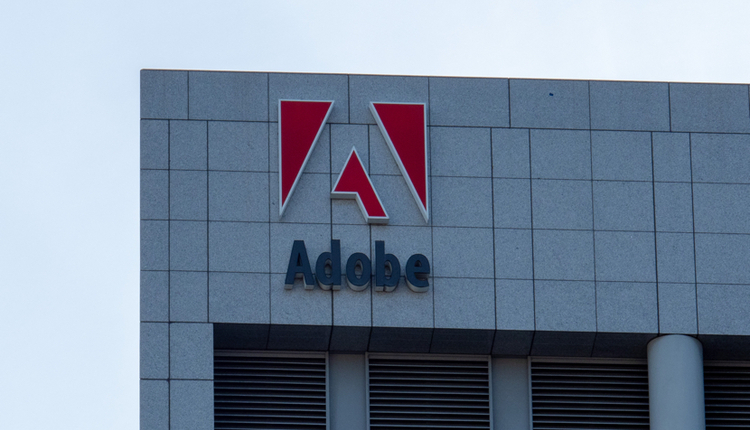
The modernization of legacy content and customer communications management (CCM) systems is a key goal for communication-intensive organizations that manage complex, regulated documents, such as those in the financial services, insurance and healthcare industries. Organizations invest in modern CCM systems to reap the benefits of providing an improved customer experience, but also because the older technology inherent in legacy systems holds organizations back from achieving faster response times, delivering a consistent, personalized omnichannel experience or meeting changing regulatory requirements. Additionally, these systems tend to be isolated by department or function, scattered across the organization, and are costly to maintain.
In this era of portable, handheld devices and instantaneous digital interaction, and customer service and messaging, consumers expect quick, to-the-point answers to their inquiries. The beauty of a modern CCM system is that it can enable significant process efficiency gains and cost reductions while setting the stage for meeting heightened customer expectations.
On the one hand, a fully automated system makes life easier for staff in most of your departments, while at the same time ensuring the customer is getting a consistent message from your company no matter who they deal with. On the other hand, if your organization is typical, every one of your internal departments has its own means and modus operandi for customer communications, as well as hundreds, if not thousands, of documents written with language that may or may not be appropriate for every situation.
Here is where the pain of an impending migration begins to throb. What content do you keep and what do you eliminate? Where do improvements to content need to be made? What content should be consolidated, standardized and shared across communications to ensure consistency and more efficient authoring? Who gets the assignment of going through all of it and making those decisions? How long will this migration take? Do you have the time and the budget?
Most organizations take on this task using manual methods, by first developing standards, then turning the job over to an army of people to go through every document and decide what to keep and what to delete. Depending on how many sources you must draw on to access the content and how many people you need to sift through it, this process can take years and millions of dollars.
Manual processes inevitably lead to missed content, errors and redundancies that can easily lead you back to where you started. Faced with such a reality, it’s often easier to just “lift and shift” all the existing documents onto the new platform — but often you bring over all the problems from the legacy system into the new modern one. The templates aren’t optimized, and they still include content that’s outdated, confusing and possibly non-compliant with current regulations. You’re still having to make changes to the same piece of content that is replicated in dozens or hundreds of documents, slowing down your authoring and change management processes. Your templates aren’t standardized, compromising your brand, and may not be optimized for digital engagement. Taking all this into consideration, you may find it difficult to justify investing in a new CCM system at all.
When done right, however, an upgrade is well worth it and the good news is now there is technology that will help to assess and migrate your existing communications files without disrupting your day-to-day operations or breaking the budget. Artificial intelligence (AI), machine learning (ML) and natural language processing (NLP) based solutions can dramatically accelerate and improve the process of analyzing the content in your corpus of communications and migrating it to a new system. Today there is AI-based software that automates both the ingestion of documents created in a variety of formats, including Microsoft Word, PDF, HTML, print streams and legacy CCM content, and the tagging of the content objects (such as names and addresses, opening paragraphs, closings and so forth) within those documents with the appropriate metadata tags.
Further content analysis leveraging these advanced capabilities can identify opportunities for content consolidation and content optimization, thereby eliminating thousands of hours and months of effort from a migration initiative and completing these tasks with greater accuracy than manual approaches. Having the ability to recognize similar and duplicate content across your documents makes it possible to consolidate and reduce your content objects under management down to core chunks — for example, creating a single content object to house a piece of regulatory disclosure content that is shared across all the documents that require it greatly reduces authoring and change management burdens. The same analysis and benefits can be applied to identifying brand violations or issues with reading levels and sentiment so that your communications are on-brand, easily understood and convey the right feeling. At the end of the process, your content — even that from disparate sources and originating in different formats — will be optimized and ready for input into your new CCM platform.
AI is instrumental in enabling the ingestion and analysis of your documents and files, significantly reducing the time, cost and headache of migrating to a modern CCM system. However, the greater benefit of leveraging these technologies is that added ability to optimize that content. Standardizing the templates and using the optimized content allows for real communications modernization. It is critical that you look for a solution that doesn’t just enable a lift and shift of your old content and all its problems, but rather find one that enables you to impact the quality of your content, thereby enhancing the customer experience in the process.
With customer communications being a key lifeline of your business, an automated, modern CCM system can be critical to your continued success. Using an AI-based solution for enabling content migration and optimization will help make a successful migration a reality and ensure that your new CCM investment delivers the return it promises.




















